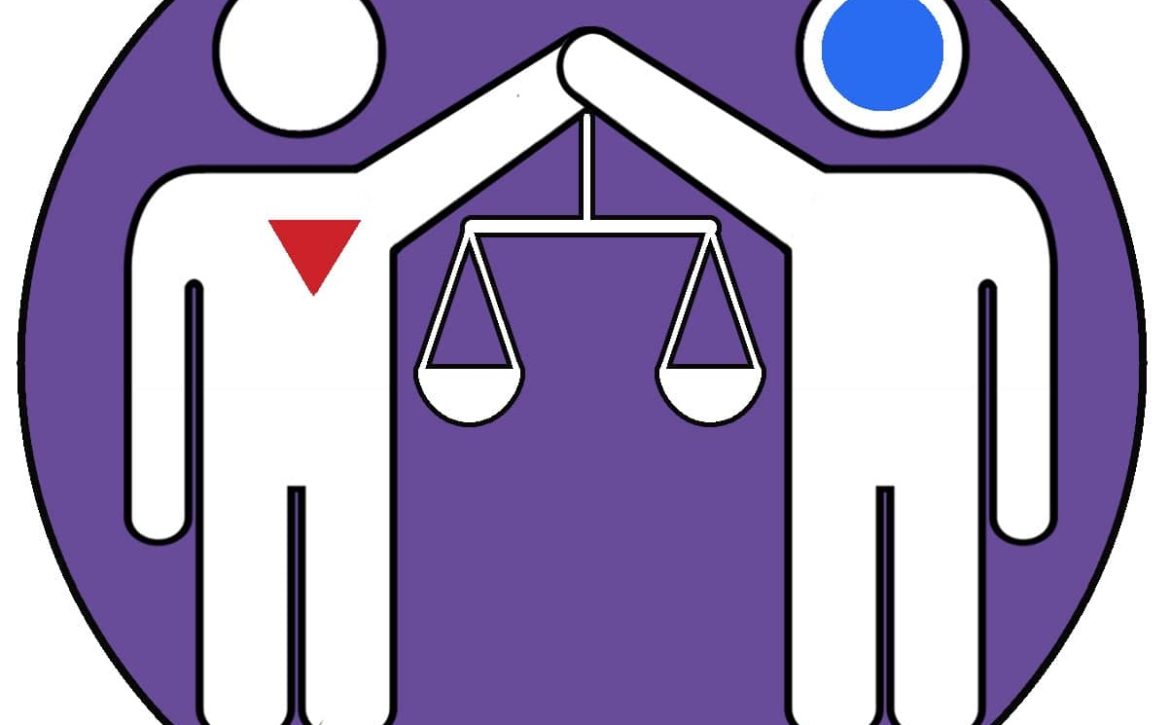
Digitally transforming our courts
VIEWS FROM THE RIDGE
In March 2020, before COVID-19 came, the Court cautiously tiptoed in using video conferencing to secure the testimonies of persons deprived of liberty (PDLs). Potential legal issues lurked, among them, those arising from the right of the accused “to meet the witnesses face to face” and to be “present and defend in person by counsel at every stage of the proceedings” under the Rules of Court.
In the guidelines on the Use of Videoconferencing Technology for the Remote Appearance and Testimony of Certain Persons Deprived of Liberty in Jails and National Penitentiaries approved in June 2019, the Court required that “[t]he remote appearance and testimony of an accused in a videoconference proceeding …closely resemble his or her otherwise in-person courtroom testimony and experience,” and carefully provided, following international case law, that face-to-face confrontation during trial is a “preference that must occasionally give way to considerations of public policy and necessities of the case,” where the “reliability of the testimony is otherwise assured.”
The Court was also very strict with the technical and operational specifications; it prescribed minimum requirements for the videoconferencing equipment used, both for the courts and the jails.
“Video cameras were placed in such a way as to cover the same image the PDL at the remote location would see, if he or she were physically present in the courtroom.” Microphones “were connected to an audio processing device that provided echo-cancellation.” “Audio speakers were directly connected to the audio system to reduce latency and improve sound quality.” And “[v]ideo monitors or screens were in high definition and large enough for everyone to clearly see the video image, which should be as close to life size as possible.”
The pilot testing of virtual hearings was then limited to 22 Regional Trial Court branches, and only between two venues: the Davao City Hall of Justice and the Davao City Jail which were connected by radio frequency transmitted between two antennas.
That was until COVID-19 engulfed the country a few months later.
To allow many of our trial courts to remain physically open despite COVID-19, the Court relaxed the rules and provided all of our country’s 2,600 trial courts with internet accounts with applications for the online filing and transmission of documents, and for the videoconferencing of hearings.
Today, our courts, under proper safeguards, routinely conduct videoconferencing hearings on all matters – civil and criminal, newly filed or pending, and regardless of the stage of trial. From our initial Davao City experience which only allowed two locations, there are now as many locations as there are parties attending the hearing. Both the public prosecutor and public defender can appear remotely from their respective residences, while the PDL appears from the jail. The judge on the other hand can host the hearing and preside from anywhere in the country. Even the general public can observe court hearings.
As of July 2021, our courts have conducted some 397,605 videoconference hearings nationwide, with a success rate of 87.75 percent. During the same period, 31,703 out of 93,254 (or 33.99 percent) PDLs have been released through videoconferencing.
In December 2020, the judiciary also rolled out the eWarrant system nationwide, fully automating the issuance of arrest warrants by our courts; operating as an online database of issued warrants; and providing real-time updates on the status and specific actions taken by law enforcement authorities. The courts now upload the arrest warrants they issue in a portal that can be accessed and thereafter updated by the police nationwide once arrest warrants have been served. Once a warrant is served, the issuing court is automatically alerted and can immediately issue the commitment order.
Thus, the nation saw litigation transformed by technology, using the least possible means and infrastructure. And the judiciary is not stopping there.
Under the guidance and direction of Chief Justice Alexander G. Gesmundo, the Supreme Court shall soon launch the ePayment Solution to enhance its processes of assessment and payment of court fees. All court fees may now be paid online, removing the need to personally queue to pay at the court or at the bank. Filers can now pay court fees from their residences and offices, or even while vacationing in resorts, using credit cards, bank transfers and digital wallets.
At present, except in a handful of eCourt stations, raffles of cases are scheduled and are done manually.
Soon, the judiciary shall roll out the electronic raffle of cases, known as eRaffle, in all court stations nationwide, thus removing raffle days. Raffles shall be done as cases are filed, thus minimizing human intervention.
The judiciary shall likewise embark on an eNotarization system and issue technical standards for providers who can offer electronic notarization services using their respective platforms where notaries public can register. The Learning Management System or LMS with The Philippine Judicial Academy is also in the pipeline for the online trainings of judges and court personnel. The Legal Resource Management System or LRMS for the Judiciary’s library – both physical and virtual, and equipped with artificial intelligence -shall likewise soon be introduced.
These are just some of the exponential technological developments introduced (or to be introduced) to enhance and expedite the administration and dispensation of justice. With court users given internet access, virtual access to justice would be a reality sooner than later in this digital age.
Read More


